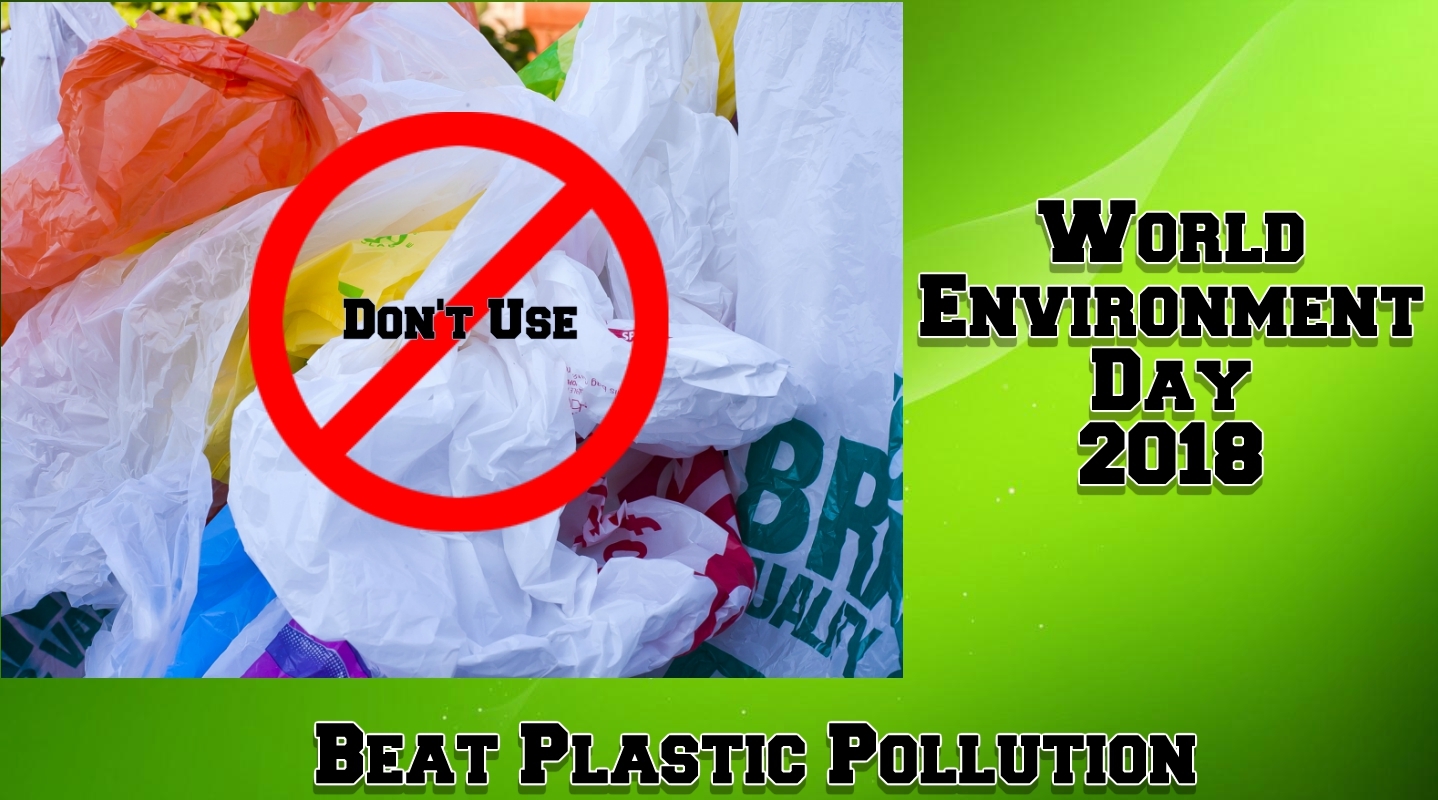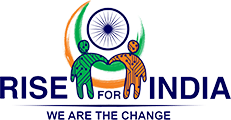
Plastic, which is rampantly polluting our water bodies, harming marine life and posing a threat to human health, has been one of the major concerns of Environmental bodies this year. Though a large part of the population depends on plastic for their daily use, nearly one-third of it is not disposed off properly and ends up clogging drains and choking the environment. Plastic can persist in the environment for nearly a thousand years before it fully disintegrates and keeping this in mind, many organisations and governments are always on the lookout for alternatives to tackle this menace.
Through this day, UN is making an effort to urge governments, industries, communities and people to unite in the fight against plastic and explore alternatives that are sustainable.
Up to 236,000 tonnes of microplastics – tiny pieces of broken-down plastic smaller than your little fingernail – enter our oceans each year. This has researchers around the world worried, as wildlife can be harmed by eating the plastic or by toxins attached to it. Another concern is that these plastics and toxic chemicals could accumulate in food chains, eventually making their way into animals that eat ocean creatures – such as ourselves. The proliferation of microplastics in the ocean has led to concerns that they might work their way up the food chain to us. Studies show that alarming numbers of tiny fibers from synthetic fabrics are making their way from your washing machine into aquatic animals.
These microfibers then travel to your local wastewater treatment plant, where up to 40% of them enter rivers, lakes and oceans,” according to findings published on the researchers’ website.
Synthetic microfibers are particularly dangerous because they have the potential to poison the food chain. The fibers’ size also allows them to be readily consumed by fish and other wildlife. These plastic fibers have the potential to bioaccumulate, concentrating toxins in the bodies of larger animals, higher up the food chain.
What is surprising Microplastic contamination has been found in tap water in countries around the world, leading to calls from scientists for urgent research on the implications for health. Scores of tap water samples from more than a dozen nations were analysed by scientists for an investigation by Orb Media, who shared the findings with the Guardian. Overall, 83% of the samples were contaminated with plastic fibres.
People may be breathing in microplastics, “If we breathe them in they could potentially deliver chemicals to the lower parts of our lungs and maybe even across into our circulation, in the same way as we worry about all the other vehicle-related emissions. The health effect of microplastics, either eaten or breathed in, was just beginning
- the concentration of plastic fibers in the air indoors is substantially higher than in the air outdoors, indoor fibers are also longer;
- plastic particles are found in lung tissue. This indicates that the body is not able to rid itself of all particles;
- when particles remain in the lungs, they remain there for a long time because they are bio-persistent;
- all kinds of fibers appear to cause infections when the concentration reaches a certain level or after prolonged inhalation. It also matters how long the fibers are because longer fibers appear to be more damaging;
- Research proved that plastics in our own homes pose a much greater threat to humans.

The results of the study, published March 29 in Environmental Pollution, found that humans likely consume about 114 plastic microfibers each meal simply from household dust that settles on their plates
These microfibers in the ocean are mistakenly consumed by marine life, which we then consume as part of the food chain…so yes we are in fact eating our own clothes. The worst part is, microfibers in water expand and attract different forms of harmful bacteria and pollutants. This all makes one toxic meal for us to consume. The fibers are being found in fresh water as well. “This is not just a coastal or marine problem. Crabs were given food contaminated with microfibers, found that they altered animals’ behavior. The crabs ate less food overall, suggesting stunted growth over time. The polypropylene was also broken down and transformed into smaller pieces, creating a greater surface area for chemical transmission. (Plastics leach chemicals such as Bisphenol A – BPA – as they degrade.)
Potential Solutions
Alter Everyday Actions and the Way We Wash
One can reduce the amount of microfibers released from personal use by reducing the amount of times synthetic clothes are washed
Shift Consumer Choices and Purchase Biodegradable Materials
Instead of synthetic material, clothing manufacturers could switch back to natural fibers that are biodegradable. However, some natural fibers, like cotton, require high water usage, land use change for cropland conversion, and pending if the cotton is organic, the addition of harmful pesticides and fertilizers.
Follow Research that Finds Synthetic Alternatives and Treatments
Multiple studies at the polymer level are looking to find alternative synthetic materials, designs, and even coatings that can be applied to traditional synthetic clothing in order to stop breakage, and therefore prevent the shedding of plastic fibers into microplastics.
Shishir V Mandya

